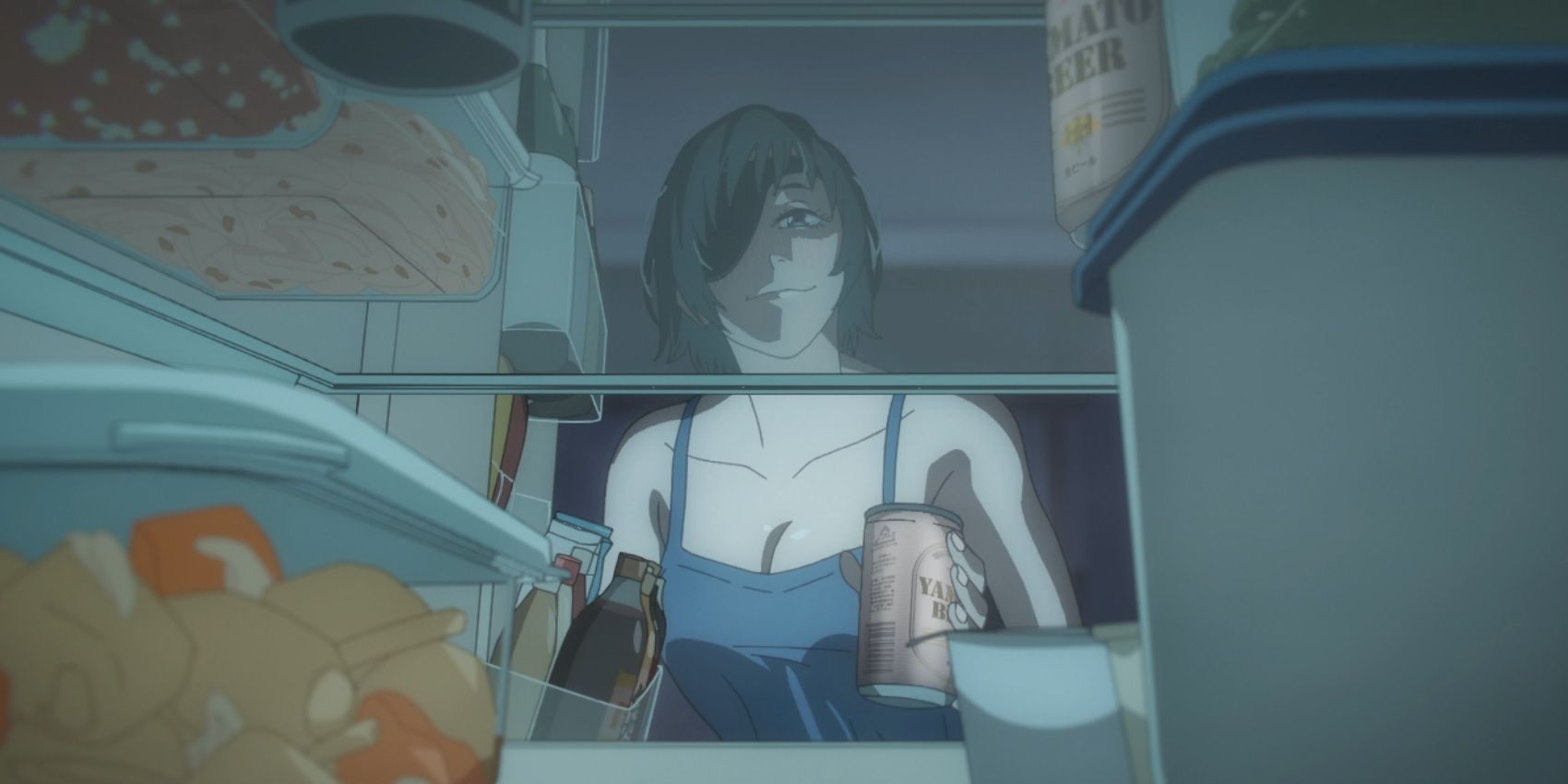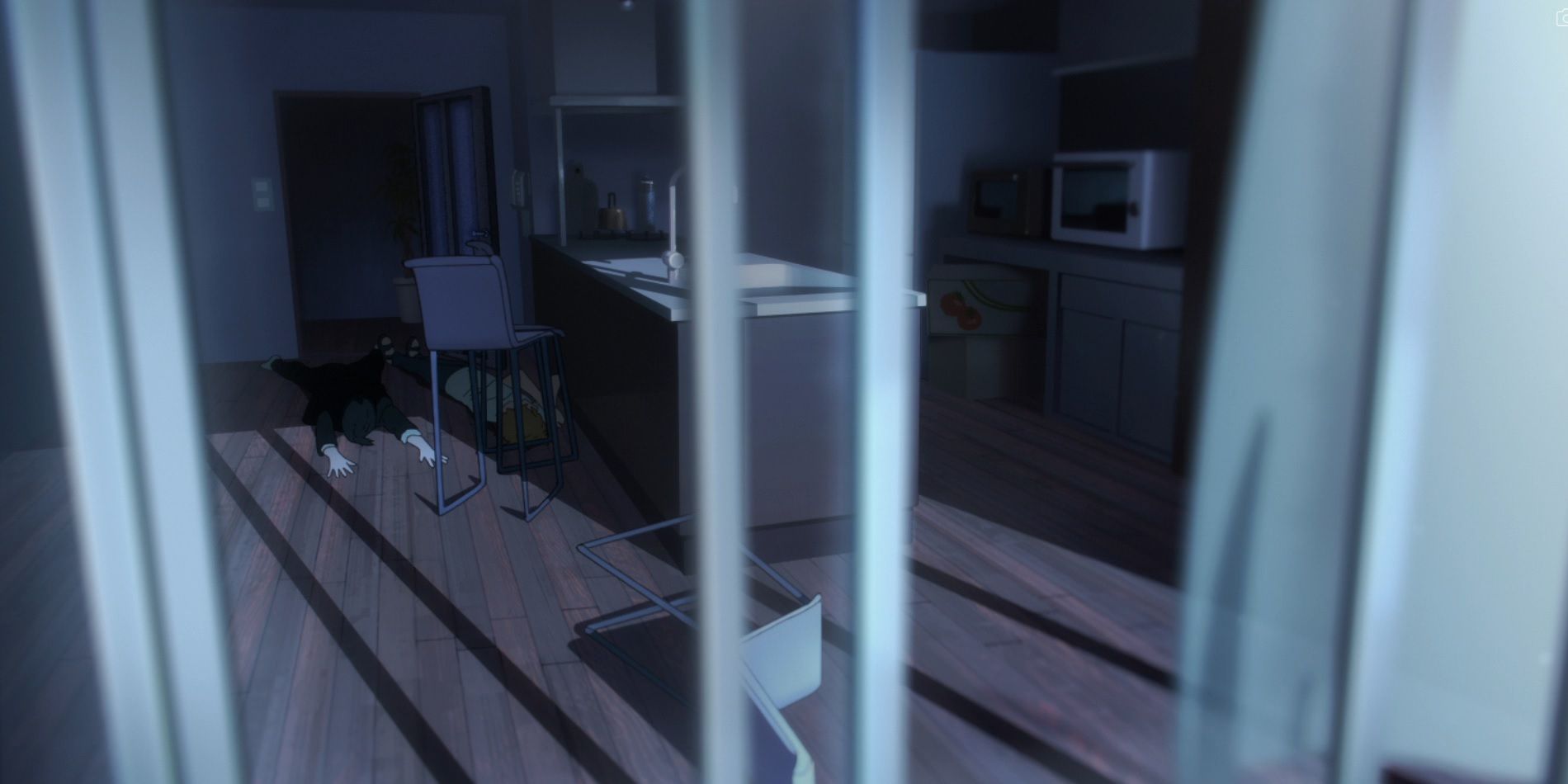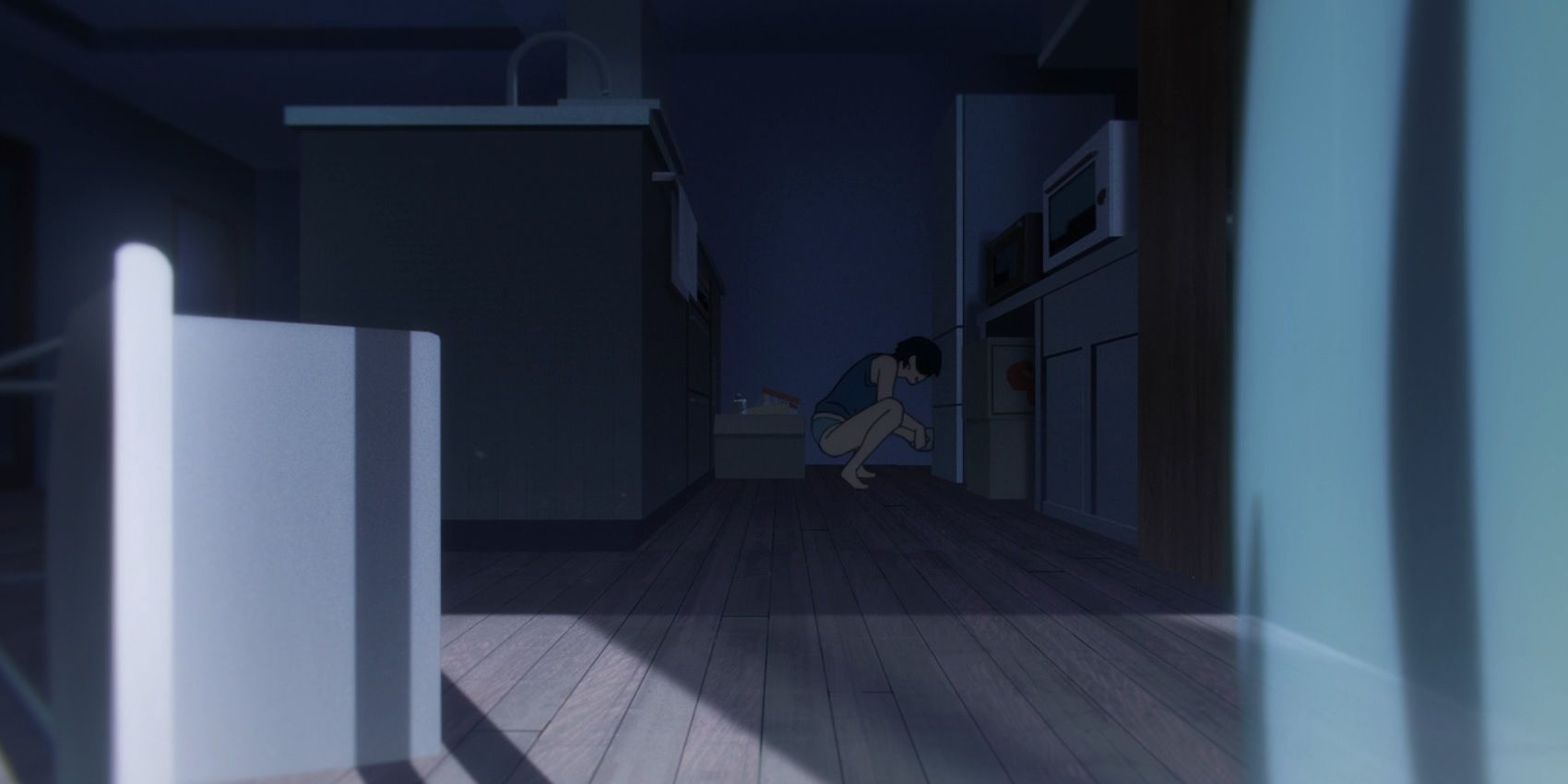The following contains major spoilers for Episode 8 of Chainsaw Man, "Gunfire," now streaming on Crunchyroll.
Chainsaw Man has a hidden complexity underneath the goofy gore, especially in the journey of Denji, and those messages can be layered within the ridiculousness of the story’s interactions. Understanding a character is vital for the audience to connect with them, and finding opportunities to connect is even more important if their arc is short but needs an effective conclusion. Himeno falls into this bracket of being briefly added to the story while needing an emotional impact.
Episode 8 of Chainsaw Man, "Gunfire," featured a sudden change of tone at the end where many characters were placed in peril, implied to be killed, or outright shown to be slain. Himeno was able to survive the assassination attempt, but to save Aki Hayakawa she was forced to offer everything to her Ghost Devil contract, resulting in her death. Her demise carried far more weight than it should have due to the length of time the audience had to connect with her. Along with her interactions with Denji and Aki and brief flashbacks to her past, a major factor in this connection is the expert visual storytelling at the start of the episode.
The Importance of Himeno's Visual Storytelling in Chainsaw Man
The visual narrative is not only the medium of film or moving imagery, but the telling of a story through actions, tone and setting. Chainsaw Man’s animation style is already based in realism through the use of motion-capturing technology, so the characters' behavioral actions transfer more fluidly to real life. While the CGI style can be controversial to the fan base and can tread the line of the uncanny valley, it does create a more relatable experience if executed correctly.
In Episode 8's opening scenes, before the intro, Himeno carries Denji into her apartment and is heavily intoxicated. She begins to perform the various activities one would do when stumbling about their home after a heavy night of drinking. This prolonged visual experience, with dialogue only dotted within the scenes, forces the audience to watch a relatively new character in a relatable real-life scenario, moving as a real person would and behaving in a human manner. The down-to-earth and quiet series of scenes focused on Himeno’s routine did more to endear her character than any mysterious flashback.
Himeno’s Death Was Made as Impactful as Possible
In an anime based on Devil Hunters, monstrous transformations and a protagonist intent on hitting certain bases with love interests, the opportunity to follow the drunken antics of a character who shows vulnerabilities and internal conflicts through a visual narrative implied a tonal shift from the beginning. Because of this focus, Himeno became far dearer to fans than she had previously been, perfectly preparing her for the heroic sacrifice in Episode 8's conclusion.
While her death may have hit hard for some, Chainsaw Man's visual storytelling of vulnerability in a real-life styled series of scenes made the character more human, more real and more important. It was vital to establish these aspects to ensure the biggest impact before her demise. It did far more work than explaining her desire to romantically connect with Aki, or making use of flashbacks in a traditional mystic anime style of stoicism in the face of expected death. The scenes made Himeno easier to mentally approach, and her death was all the heavier for it.



